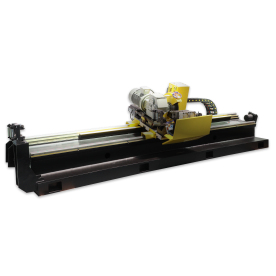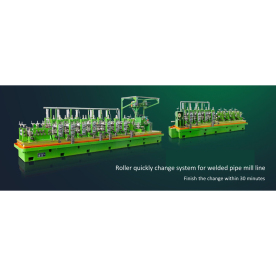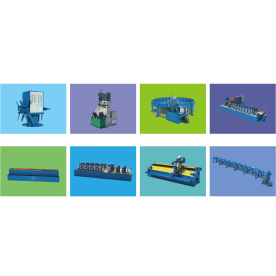[Vertical accumulator]Vertical Accumulator: An Introduction to Its Role in Sustainable Energy Solutions
News 2025-6-11

Vertical Accumulator: An Introduction to Its Role in Sustainable Energy Solutions

Vertical Accumulator: An Introduction to Its Role in Sustainable Energy Solutions
What is a Vertical Accumulator?
A vertical accumulator is essentially a tall, vertical structure that stores energy in the form of potential energy. It typically consists of a series of tanks or containers filled with water or other working fluids that are stacked vertically. The height of the accumulator determines the amount of potential energy stored, which can be converted into useful energy during peak demand.
Role in Sustainable Energy Solutions

Vertical Accumulator: An Introduction to Its Role in Sustainable Energy Solutions
Moreover, vertical accumulators are also used to manage peak loads during times of high demand. As they can release stored energy quickly, they help reduce reliance on expensive peak power sources like diesel generators. This not only helps reduce carbon emissions but also reduces energy costs.
In addition to their role in power supply, vertical accumulators also contribute to water management. They can store water during off-peak hours and release it during peak water demand periods, helping reduce pressure on water resources and ensure reliable water supply.
How Do They Work?
Vertical accumulators work on the principle of gravitational force. When energy is generated during periods of low demand, water or other working fluids are pumped into the upper levels of the accumulator. During times of high demand or peak load, the stored water is released through turbines or other conversion devices to generate electricity or provide water supply.
Applications in Different Fields
Vertical accumulators have numerous applications in various fields. In the renewable energy sector, they are used to store excess solar or wind energy for use during low production times. In urban areas, they can help manage peak water demands during summer months by storing water during off-peak hours. Additionally, they are also used in hydropower stations to help regulate water flow and optimize power generation.
Conclusion
Vertical accumulator is a crucial component in achieving sustainable energy solutions. With their ability to store energy efficiently and release it during peak demand or low supply times, they play a pivotal role in ensuring uninterrupted power supply and balancing the grid. Moreover, their applications in water management contribute to sustainable development and help address challenges related to water scarcity. As renewable energy sources continue to grow in popularity, vertical accumulators will play an increasingly important role in achieving sustainable energy goals.
